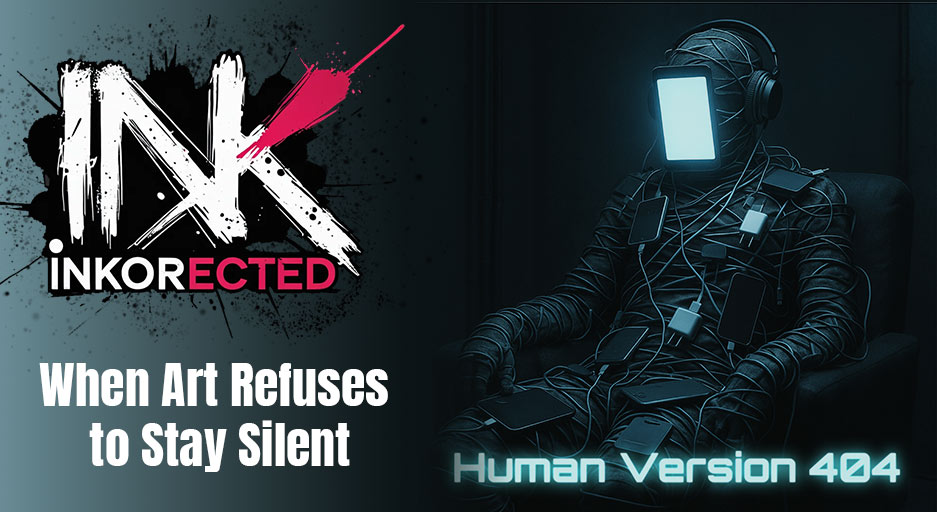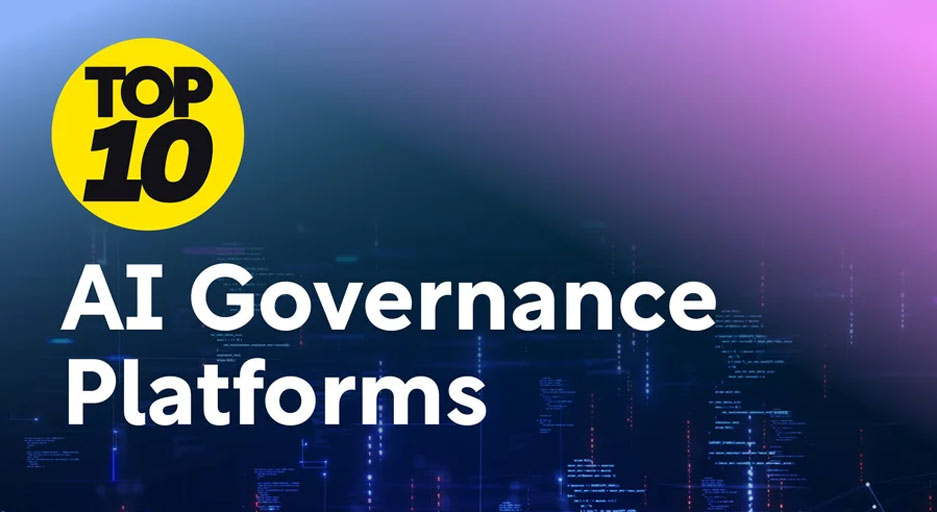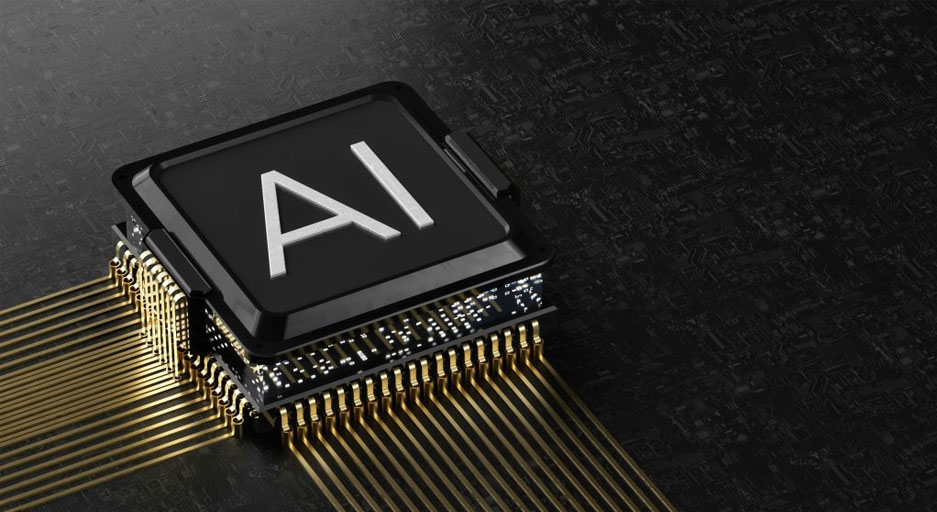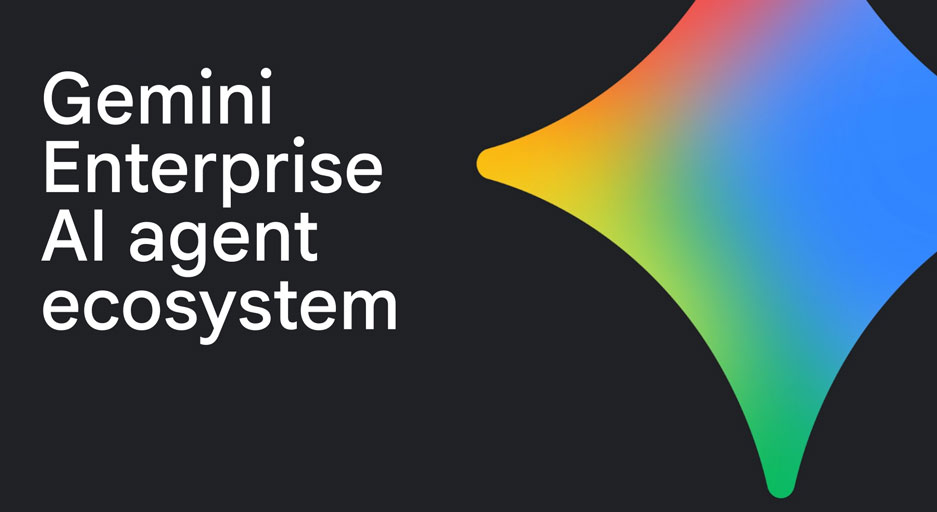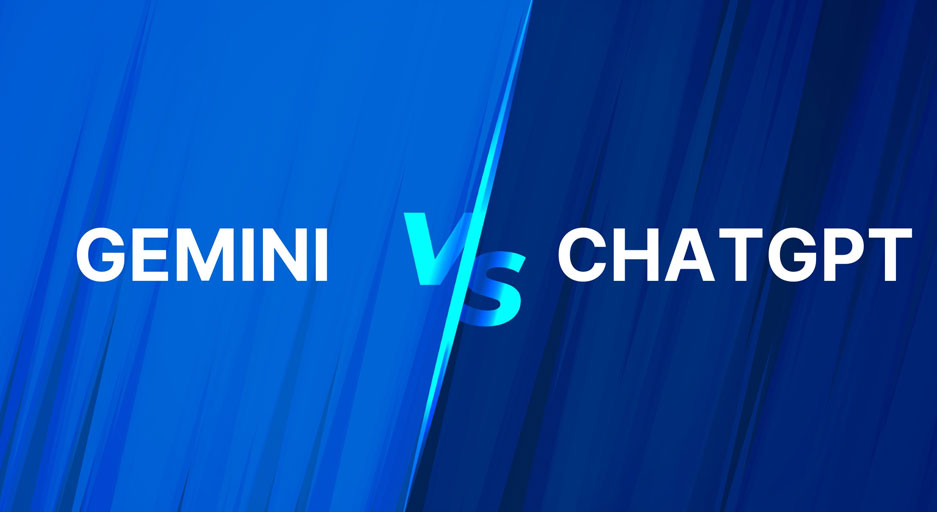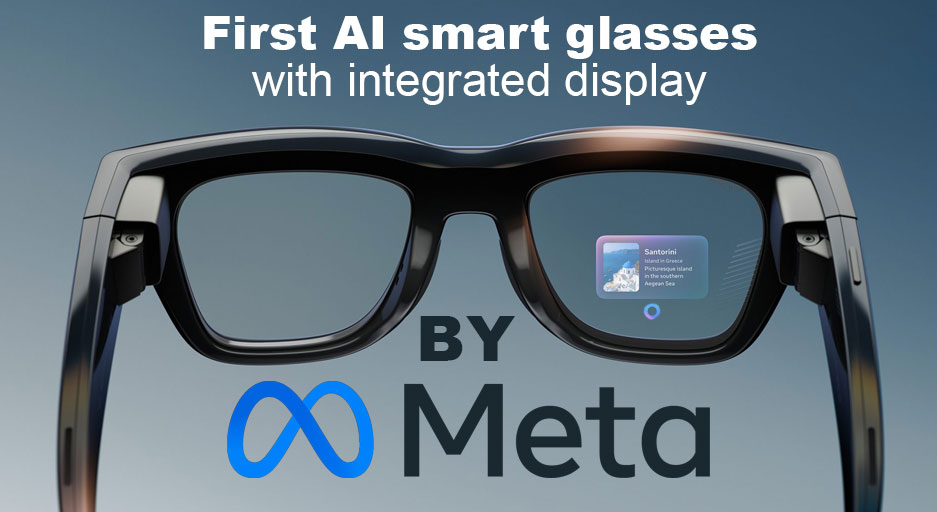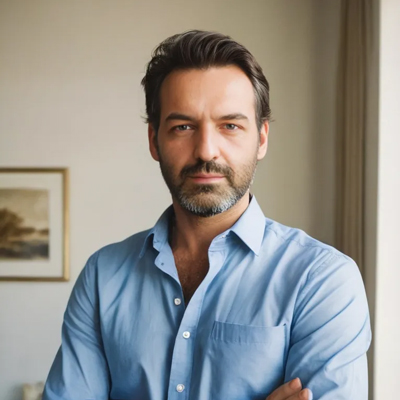OpenAI Sora 2: The Future of Text-to-Video AI
Artificial Intelligence has rapidly evolved in recent years, and one of the most groundbreaking innovations is Sora 2, the second-generation text-to-video model developed by OpenAI. With this release, the world of content creation, entertainment, and digital storytelling is entering a completely new era.
What is OpenAI Sora 2?
Sora 2 is an advanced AI model capable of generating highly realistic and coherent videos directly from text prompts. While the first version of Sora introduced the possibility of text-to-video, Sora 2 takes it to the next level with longer durations, improved consistency, higher resolution, and a deeper understanding of complex instructions.
This means users can describe a scene in plain English—whether it’s a cinematic cityscape, an educational animation, or a surreal piece of art—and Sora 2 will bring it to life in video form.
Evolution: From Sora 1 to Sora 2
The original Sora model demonstrated the potential of AI in video generation, but it had limitations such as short clips, artifacts, and occasional inconsistencies in motion. Sora 2 improves on these weaknesses by offering:
-
Longer video outputs (up to several minutes)
-
Stable character consistency across frames
-
Richer details in texture, lighting, and environment
-
Smarter scene transitions and storytelling flow
This evolution reflects OpenAI’s mission to make AI more accessible and useful for creators, filmmakers, educators, and businesses.
Key Features of Sora 2
-
High-Resolution Video Generation – Outputs can reach cinematic quality, making them suitable for professional projects.
-
Consistency in Characters and Objects – Perfect for storytelling, advertising, and branded content.
-
Complex Scene Understanding – Handles multi-step instructions, environments, and camera movements.
-
Extended Duration – Unlike earlier models, videos can now be longer and more coherent.
-
Cross-Industry Usability – From film studios to small startups, anyone can leverage Sora 2 for visual storytelling.
Applications of Sora 2
Sora 2 is not just a tool—it’s a creative revolution. Here are some of the industries set to benefit the most:
1. Marketing & Advertising
Brands can instantly create promotional videos without expensive production crews, speeding up content delivery.
2. Filmmaking & Animation
Independent filmmakers and studios can visualize storyboards, generate concept scenes, or even create full sequences.
3. Education & Training
Teachers and organizations can design engaging explainer videos, tutorials, and simulations.
4. AR/VR & Gaming
Sora 2 can generate assets, cinematic trailers, or immersive experiences for virtual reality platforms.
5. Social Media & Influencer Content
Content creators can make short, eye-catching videos tailored to platforms like TikTok, Instagram, and YouTube.
Advantages of Sora 2
-
Lower production costs
-
Faster content creation
-
Democratization of video production
-
High accessibility for non-experts
Limitations and Ethical Considerations
While powerful, Sora 2 still has limitations:
-
Possible inaccuracies in highly complex scenes
-
Ethical concerns about deepfakes and misinformation
-
Need for strong regulation in commercial and political use
OpenAI continues to implement safety guidelines and watermarking techniques to ensure responsible use.
The Future of AI Video with Sora 2
Sora 2 is only the beginning. As text-to-video AI evolves, we can expect even more realistic, interactive, and customizable video creation. This will reshape industries like entertainment, design, e-learning, and digital marketing.
The big question is not if AI will become a standard tool in video production—it’s how soon.
Frequently Asked Questions (FAQ)
1. What is OpenAI Sora 2?
Sora 2 is the second generation of OpenAI’s text-to-video model, designed to create realistic videos from text descriptions.
2. How is Sora 2 different from Sora 1?
It offers longer, higher-quality videos with improved consistency and scene understanding.
3. Who can use Sora 2?
Filmmakers, marketers, educators, designers, and anyone interested in generating video content.
4. Is Sora 2 available to the public?
Currently, OpenAI provides limited access for research, partners, and select creators. Broader access may be introduced in the future.
5. Will Sora 2 replace traditional video production?
Not entirely. It will complement traditional methods by reducing costs, speeding up workflows, and enabling new creative possibilities.
About the author : koosha Mostofi
I’m Koosha Mostofi — a multidisciplinary media creator, full-stack developer, and automation engineer, currently based in Tbilisi, Georgia. With more than two decades of professional experience, I’ve been fortunate to work at the crossroads of technology and creativity, delivering real-world solutions that are both visually engaging and technically robust.


